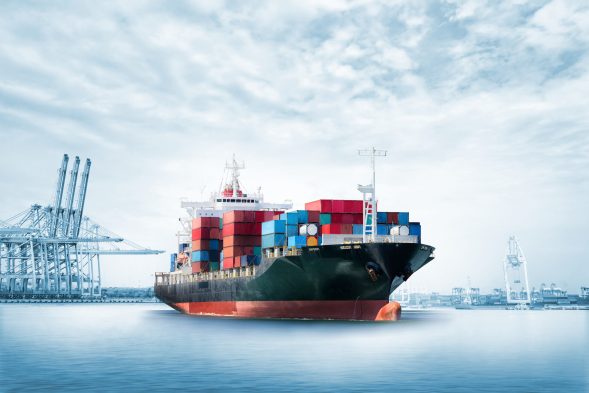Rising US Imports Drive Increased Activity in the US Container Trading Market
A recent survey conducted by Container xChange, on its platform, revealed that the container (shipping) traders and leasing companies in the US are witnessing fierce competition and holding up of inventories due to price pressures. However, they do not experience significant hurdles liquidating their inventory. This comes as a positive sign for the container logistics market in the US despite the broader global uncertainties and challenges.
Read also: May 2024 U.S. Containerized Imports Break 2.3M TEUs
The customers also reported increased container movement on the platform in the past six months as compared to last two years.
“E-Containers has undergone a transformative journey with Container xChange, establishing approximately 50 new partnerships, executing around 90 trading deals, and transacting 25% of its monthly business volume through the platform.” shared Andres Valencia, CEO of E-containers, a Miami-based container trading company. The company attributes this remarkable progress to Container xChange’s liquidity capabilities.
“We went from 50 to over 500 leased containers in just three months,” says Arnaud Maendly, partner and co-founder of MG-Atlantic Sarl, a dynamic player in the container trading market, primarily catering to freight forwarders and traders in Latin America and the Middle East.
The latest U.S. trade data, published earlier this month, indicated a notable increase in imports in the US, particularly in automotive vehicles, capital goods, and industrial supplies. According to Descartes, May 2024 U.S. container import volume continued its robust 2024 growth, increasing 6.2% from April and 11.9% when compared to the same month last year. This surge in imports highlights strong demand for container shipping services to handle the increased volume of goods entering the United States. The rise in exports, though more modest, also points to steady demand for outbound shipping services. Despite the overall increase in the trade deficit, the growth in both imports and exports suggests that the container shipping market remains robust, with opportunities for shipping companies to capitalize on the heightened activity in international trade. However, the widening goods deficit and ongoing trade imbalances may signal potential challenges in managing logistics and supply chain efficiency, emphasizing the need for agile and adaptable container shipping solutions.
The majority of respondents described the US container market as ‘fiercely competitive.’ In such a market, having command over data and visibility is crucial for operational sustenance and for business growth. “It’s essential to have a good grip on container prices and leasing rates to know the best times to liquidate inventory or hold off. Understanding the container market in China and Asia is another critical factor for the container traders in the US.,” inferred Christian Roeloffs, co-founder and CEO of Container xChange, the online marketplace for container trading and leasing.
“Our customers in the US benefit from real-time container price data, enabling them to make informed decisions. Many of our customers, especially in Houston, are growing their businesses through deals made on our platform with trusted partners, saving hours of mundane workload. Smart decision-making is key,” added Roeloffs.
Explaining the impact that technology has made to their business, Nicholas Barrera, Inside Sales at E-Containers explains, “Behind the screen are CEOs, founders, top managers, and shareholders, elevating communication and partnership formation to a whole new level. E-Containers values Container xChange for providing unique access to top-tier executives and decision-makers within partner companies”. The marketplace facilitates clear and efficient communication, optimizing business negotiations and collaboration.
The US container trading market has had to navigate challenges such as trade tensions, particularly between the US and China, leading to shifts in trade routes and adjustments in supply chain strategies. These tensions have impacted container flows, but the market has benefited from well-developed port infrastructure and increasing digital adoption. Platforms like Container xChange facilitate smoother transactions and greater market transparency, helping traders connect with reliable partners and manage their inventory efficiently.
“While the market shows positive signs, operational challenges such as port congestion, labor shortages, and logistical bottlenecks continue to pose risks. These issues can cause delays and increase costs for traders,” cautioned Roeloffs.





Leave a Reply